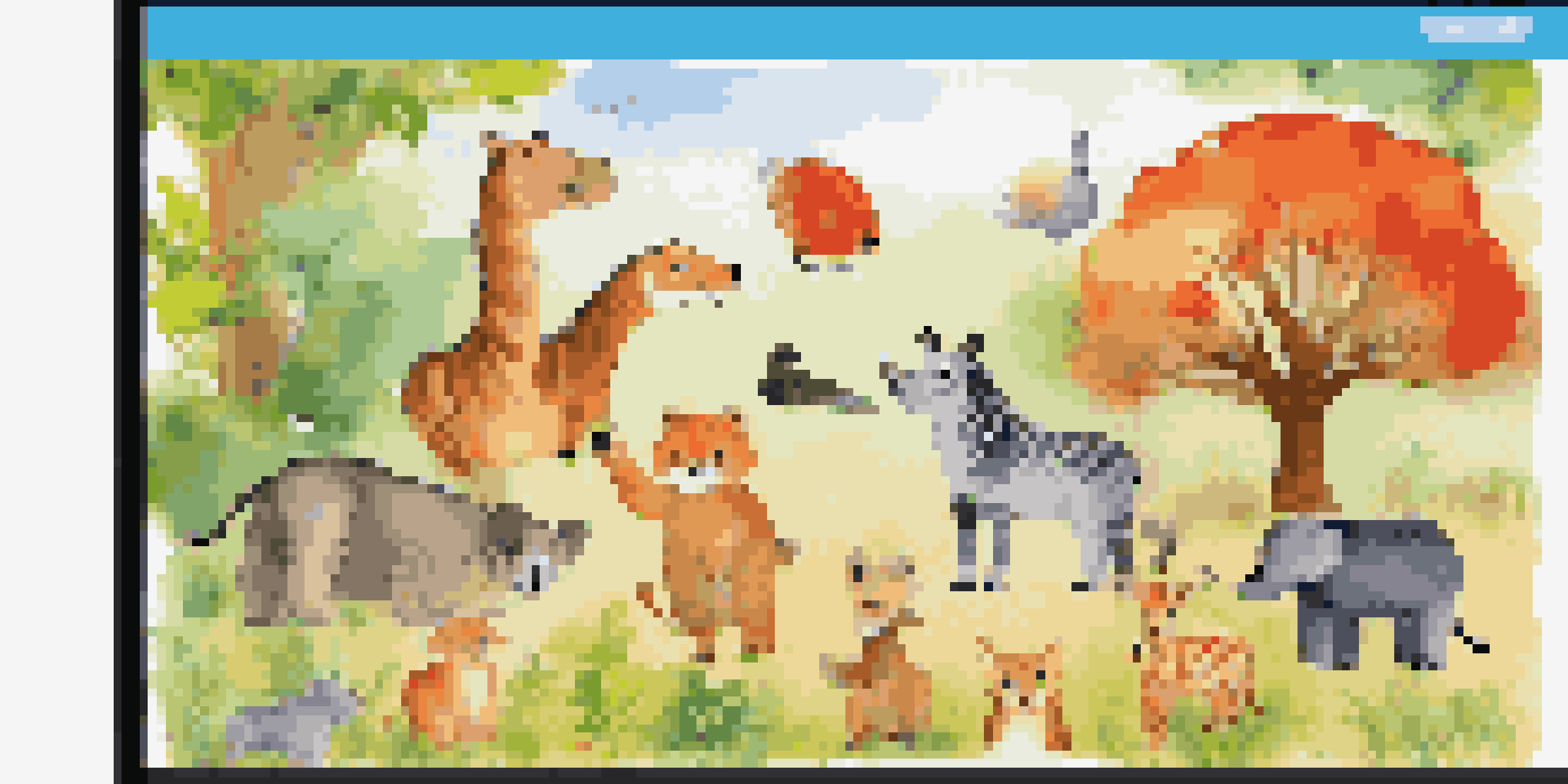Developing Online Learning Modules for Different Age Groups

Understanding the Unique Needs of Different Age Groups
When developing online learning modules, it's essential to recognize that learners of different ages have distinct cognitive abilities and preferences. For instance, young children thrive on visuals and interactive elements, while older adults may prefer straightforward content that respects their life experiences. By understanding these differences, you can tailor your materials to meet varying needs effectively.
Education is not the filling of a pail, but the lighting of a fire.
For example, a module designed for preschoolers might include vibrant animations and engaging sound effects to keep their attention, whereas a module for seniors could emphasize clarity and accessibility, perhaps using larger fonts and simpler navigation. This thoughtful approach ensures that the content resonates with each age group, enhancing their learning experience.
Ultimately, taking the time to consider the unique traits of each age group not only fosters a better learning environment but also increases engagement and retention. This foundational step sets the stage for creating successful online learning modules that cater to everyone.
Incorporating Interactive Elements for Younger Learners
Younger learners, especially children, are naturally curious and learn best through play and interaction. Incorporating gamified elements, such as quizzes, puzzles, and virtual rewards, can transform a standard learning module into an exciting adventure. For instance, turning a math lesson into a treasure hunt where children solve problems to unlock clues can make learning feel like a game.

Moreover, interactive elements not only maintain attention but also promote active participation, which is crucial for effective learning. For example, using drag-and-drop activities allows children to manipulate objects on the screen, reinforcing concepts through hands-on experience. This interactive approach caters to various learning styles, ensuring that each child finds something that resonates with them.
Tailor Learning for Each Age Group
Understanding the cognitive abilities and preferences of different age groups allows for effective customization of online learning modules.
In essence, the more you can engage younger learners through interactive content, the more successful your online learning modules will be. By weaving play into education, you create an environment where learning feels less like a chore and more like a delightful exploration.
Crafting Accessible Learning Content for Adults
When developing online modules for adults, accessibility is a top priority. Many adult learners juggle various responsibilities, such as work and family, making it essential that your content is easy to navigate and understand. This means using clear headings, concise language, and providing summaries at the end of each module to reinforce key takeaways.
Tell me and I forget. Teach me and I remember. Involve me and I learn.
Additionally, consider incorporating flexible learning options, such as self-paced modules or downloadable resources. Adults often appreciate the ability to learn on their own schedule, allowing them to balance education with their busy lives. For instance, offering video content that can be watched at any time gives learners the freedom to absorb information when it suits them best.
Ultimately, by prioritizing accessibility in your online learning modules, you create a welcoming environment for adult learners. This approach not only enhances their experience but also encourages them to engage more deeply with the content, leading to better outcomes.
Utilizing Multimedia to Enhance Learning Experiences
Multimedia elements, such as videos, podcasts, and infographics, play a vital role in creating engaging online learning modules. Different age groups respond to various types of media, so incorporating a mix can cater to diverse preferences and learning styles. For instance, younger learners might be captivated by colorful animations, while adults may prefer informative videos or podcasts.
Using multimedia also aids in breaking up text-heavy content, making it more digestible. A well-placed video can illustrate a complex concept in a way that words alone cannot, thereby enhancing understanding and retention. For example, a science lesson that includes a demonstration via video can spark interest and clarify difficult topics.
Engage with Interactive Elements
Incorporating gamified and interactive elements can transform learning for younger learners, making it more engaging and enjoyable.
In short, by thoughtfully integrating multimedia into your online learning modules, you enrich the learning experience for all ages. This approach not only engages learners but also reinforces their understanding through varied content formats.
Creating Community Through Discussion Forums
Online learning can sometimes feel isolating, especially for adult learners who are accustomed to interactive classroom environments. To combat this, consider implementing discussion forums where learners can share insights, ask questions, and interact with one another. This sense of community can greatly enhance the learning experience, making it more collaborative and supportive.
For example, a module on personal finance could include a forum where participants share budgeting tips and resources. Such discussions not only foster engagement but also allow learners to gain different perspectives and learn from each other. This peer interaction is especially valuable for adult learners, as it creates a network of support and shared knowledge.
In essence, by cultivating a sense of community through discussion forums, you create a more enriching online learning experience. This collaborative approach encourages learners to connect, share, and grow together, making education a shared journey.
Feedback Mechanisms: Essential for Improvement
Collecting feedback is crucial when developing online learning modules, as it provides valuable insights into what works and what doesn’t. By incorporating surveys or feedback forms at the end of each module, you can gauge learner satisfaction and identify areas for improvement. This practice not only demonstrates that you value their opinions but also helps refine future content.
For instance, if several learners express difficulty with a particular section, you can revisit that content and make necessary adjustments. This iterative process ensures that your modules evolve based on real user experiences, leading to a more effective learning environment. Moreover, it encourages a culture of continuous improvement, where feedback is actively sought and acted upon.
Prioritize Accessibility for Adults
Creating accessible online content for adults enhances navigation and understanding, accommodating their busy lifestyles.
Ultimately, establishing strong feedback mechanisms serves two purposes: it enhances the quality of your online learning modules and fosters a sense of ownership among learners. When they see their feedback being implemented, they feel more invested in the learning process.
Evaluating the Effectiveness of Learning Modules
Once your online learning modules are in place, evaluating their effectiveness is essential to ensure they meet learning objectives. This can be achieved through a combination of assessments, learner feedback, and performance tracking. For instance, quizzes at the end of each module can help assess knowledge retention while providing learners with a sense of accomplishment.
Additionally, tracking engagement metrics, such as completion rates and time spent on each module, offers insights into how well the content resonates with your audience. If you notice a high drop-off rate at a specific point, it may indicate that the material is too complex or unengaging. This data allows you to make informed adjustments to improve the learning experience.

In summary, evaluating the effectiveness of your online learning modules is an ongoing process that ensures content remains relevant and impactful. By continually assessing and refining your modules, you can create a dynamic learning environment that adapts to the needs of all age groups.